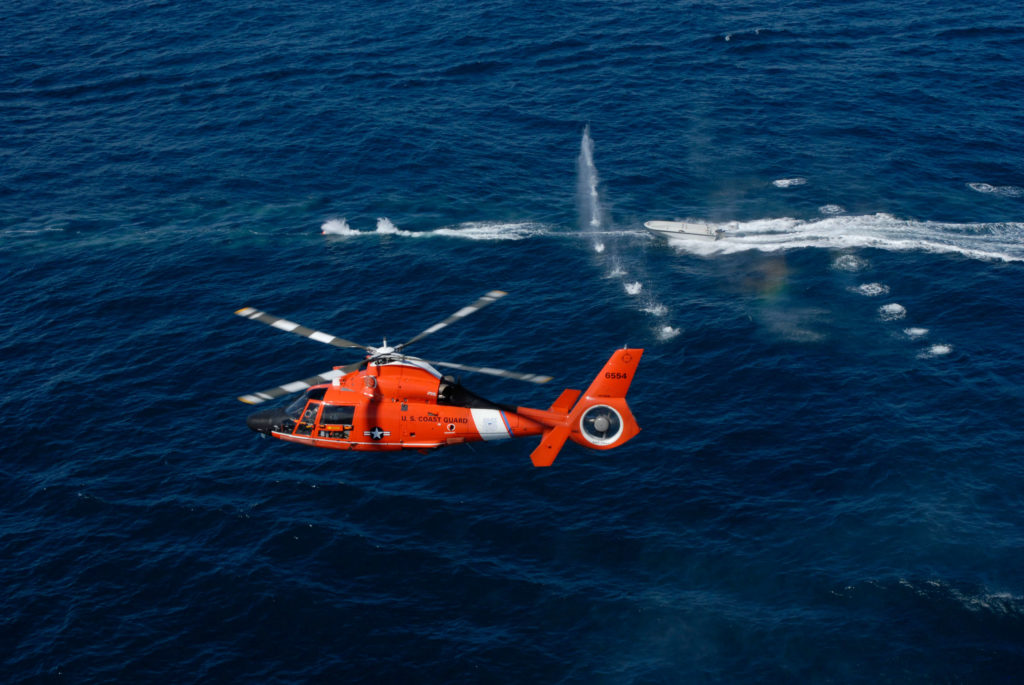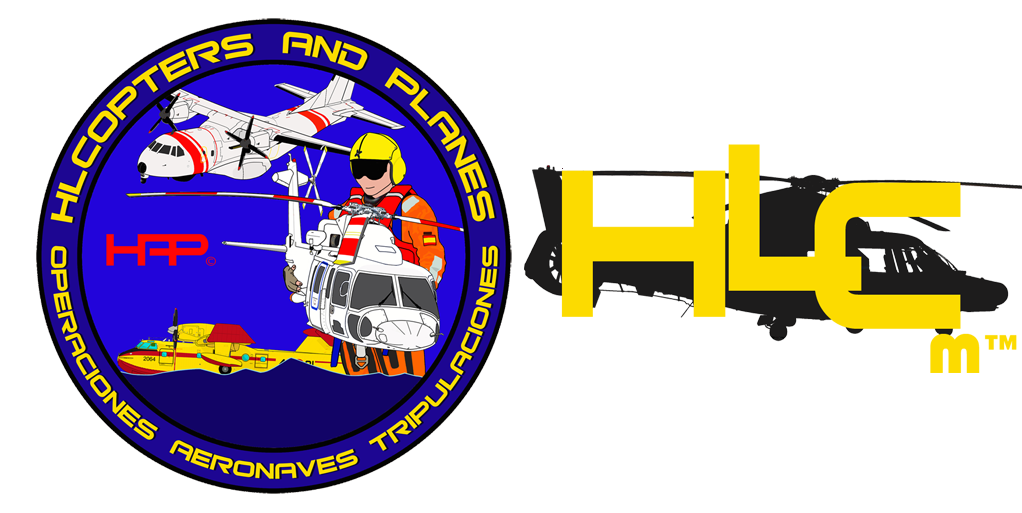
U.S. Coast Guard photo/Petty Officer 3rd Class Michael Hulme.
The USCG Helicopter Interdiction Tactical Squadron (HITRON) operations started as an experiment in 1998 to halt the flow of illegal drugs into the United States Drug trafficking organizations primarily used “go-fast” boats, high-speed smuggling vessels capable of traveling over twice the speed of Coast Guard cutters. The U.S. Coast Guard needed a way to counter the threat.
In late 1998, six Coast Guard pilots and four enlisted aircrew members developed tactics and procedures to utilize armed helicopters operating aboard Coast Guard cutters (USCGC) to answer the call.

U.S. Coast Guard photo/Petty Officer 3rd Class Michael Hulme.
HITRON helicopters operate in known smuggling vectors and rely on expertly trained aircrews and precision marksmen to disable go-fast drug smuggling vessels in the event suspects refuse to comply with verbal and visual warnings for law enforcement boardings in accordance with international maritime law.
In this documentary series, we track down the founding members, pioneers, and stakeholders who have played an important part in HITRON’s history. In this video, we catch up with Adm. James Loy, the 21st commandant of the U.S. Coast Guard, to get his perspective on standing up HITRON. Loy was the one to recognize the need and lean forward on the Service’s airborne use of force mission.
U.S. Coast Guard video by Petty Officer 2nd Class Adam Stanton.
-USCG-
For more Hlcopters Magazine breaking news, stories, images and videos follow us on Facebook, Twitter and Instagram

